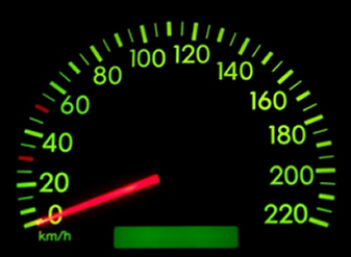What is a Secured Creditor?
Secured creditor is a lender that provides collateralized debt.
How Does a Secured Creditor Work?
Mortgage lenders are the most common example of secured creditors: They lend you money and keep the house as collateral.
Here's another example: You would like to borrow $100,000 to start a business. Even if you have an excellent credit rating, a bank may be reluctant to lend you the money because it may be left with nothing if you default on the loan. Thus, although banks may attempt the lengthy and expensive process of suing you in that circumstance, the bank may require $100,000 of collateral in order to lend you the money. This collateral might consist of financial instruments, houses, cash, or even objects such as art, jewelry, or other items. You might also pledge your business receivables. When you pledge these assets, you are making the lender a secured creditor.
If you do in fact default on the loan, the loan agreement gives the lender the right to seize and sell the collateral in order to recover any outstanding balance.
Why Does a Secured Creditor Matter?
Secured creditors often provide lower interest rates than unsecured creditors because they have collateral on their side. They bear less risk as a result. However, the type and amount of security required for a given loan is often a matter of negotiation between the lender and borrower. For instance, a lender might require a borrower to collateralize any assets purchased during the loan period. In some cases, collateral for one obligation can also be collateral for other obligations (this is called cross-collateralization). This often occurs in real estate transactions, where a house collateralizes more than one mortgage.



